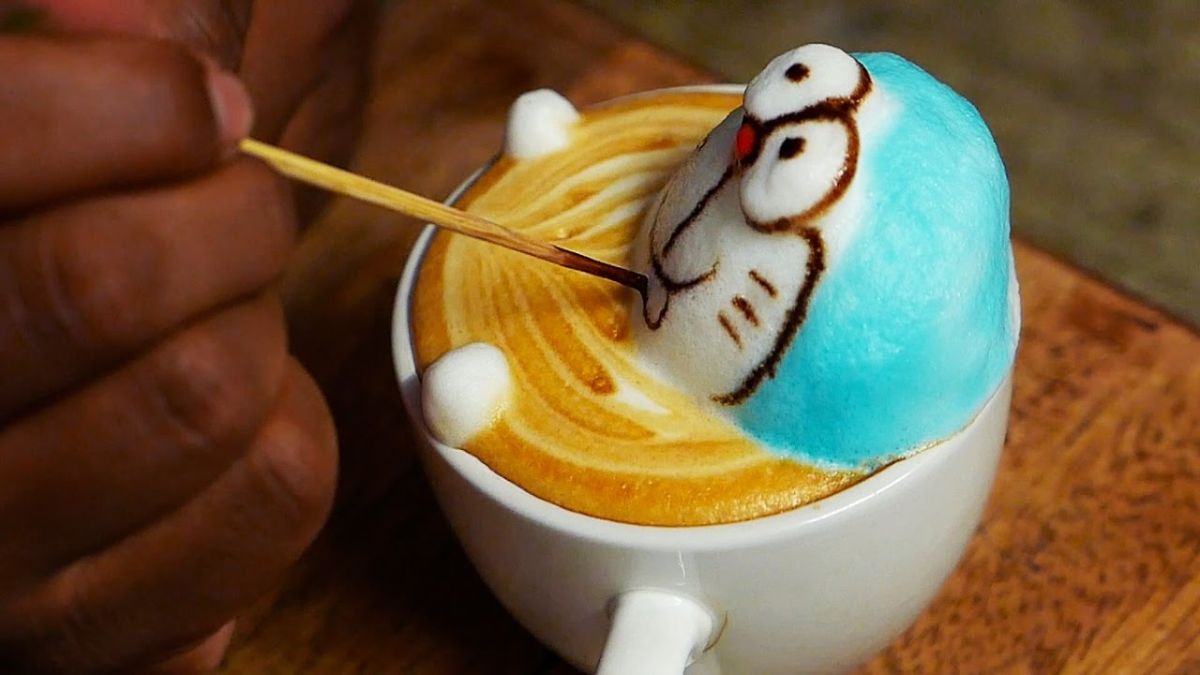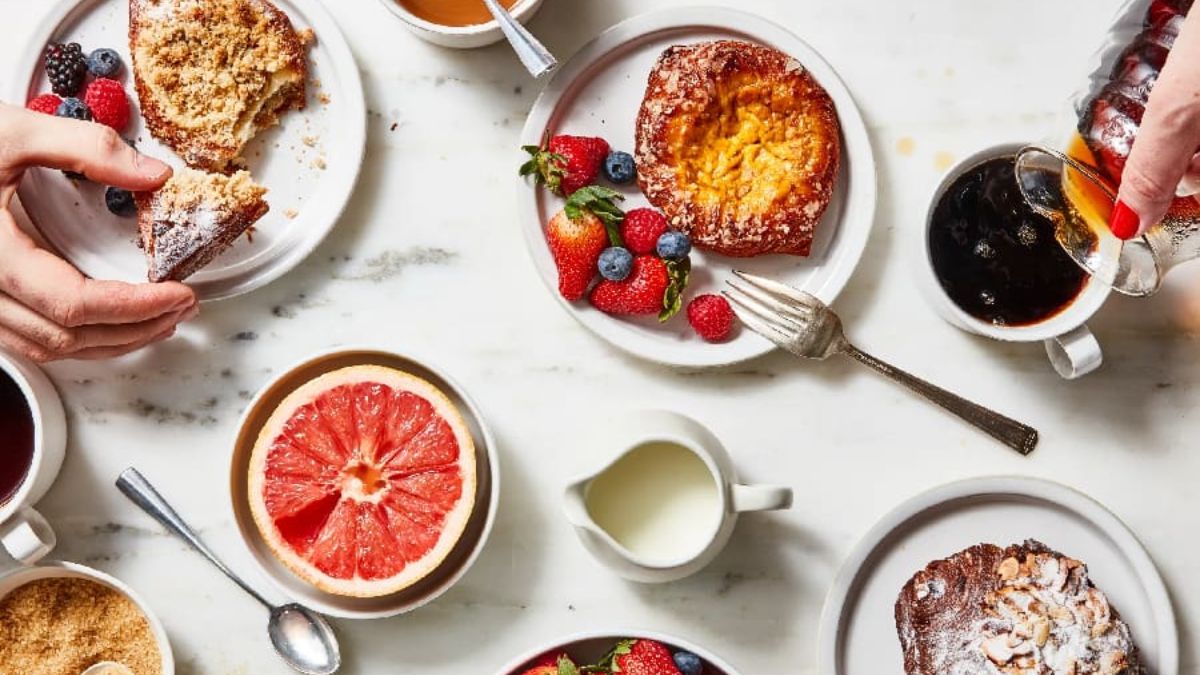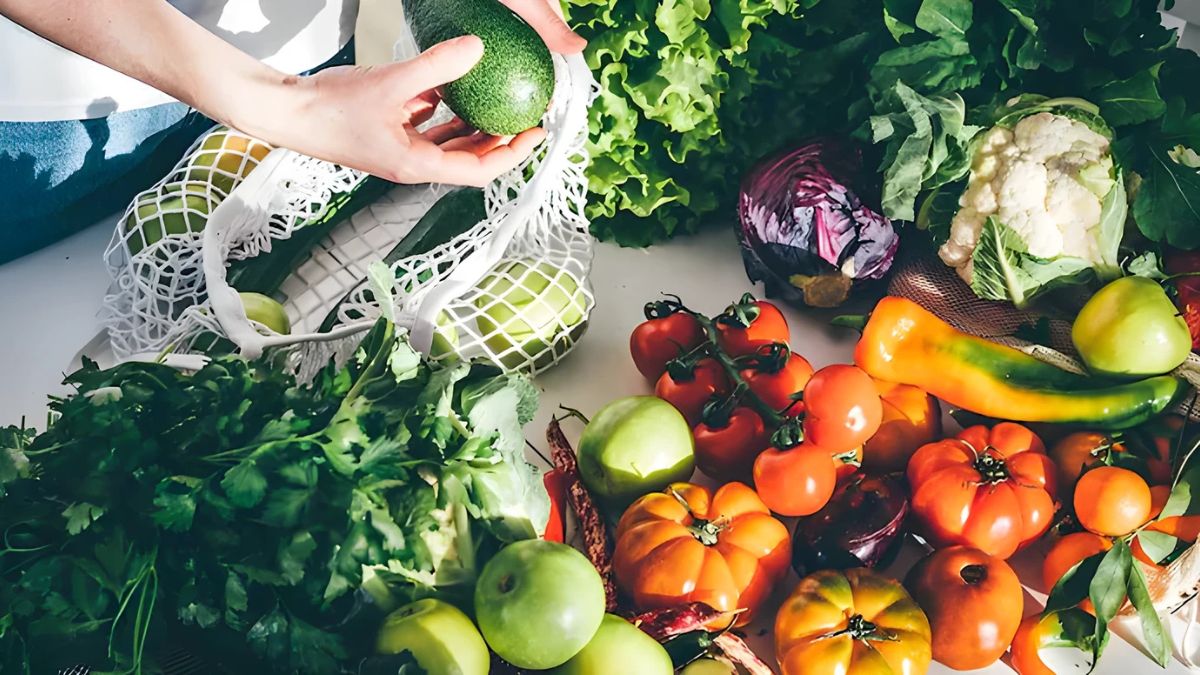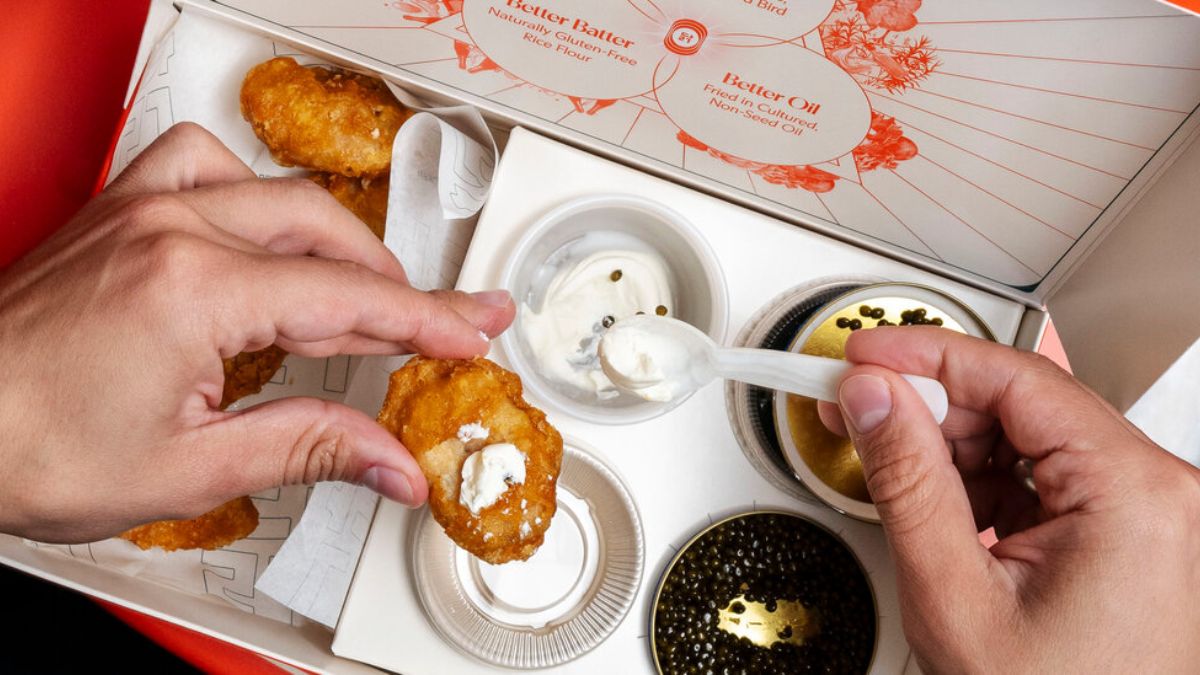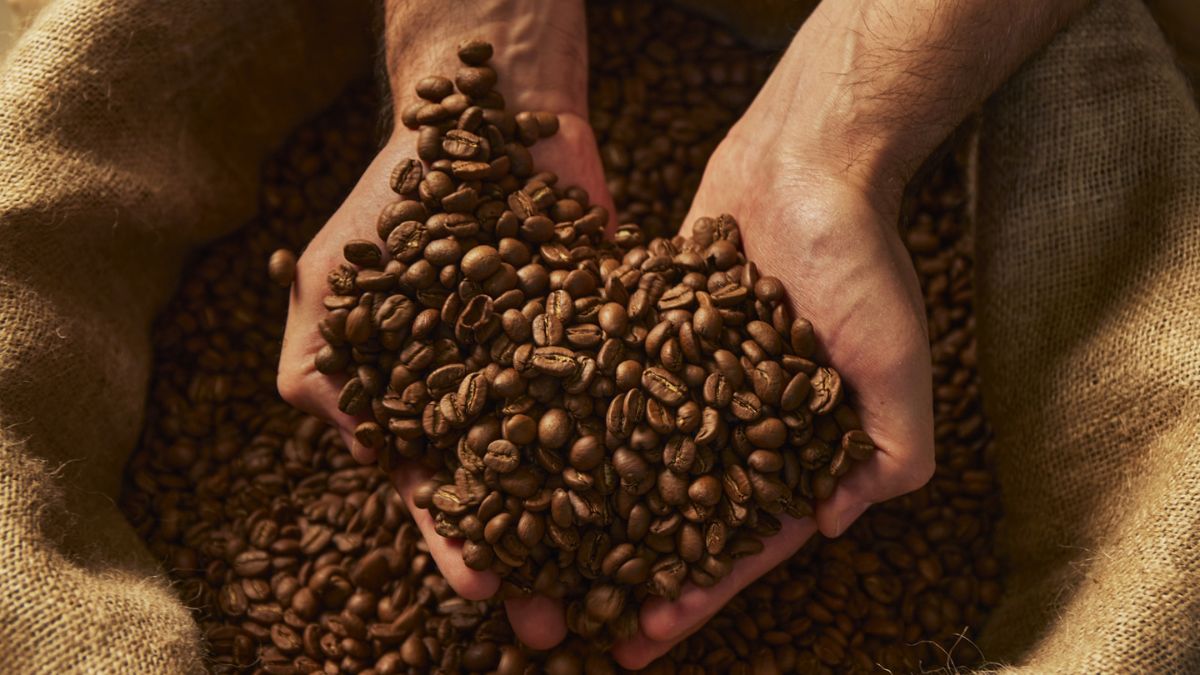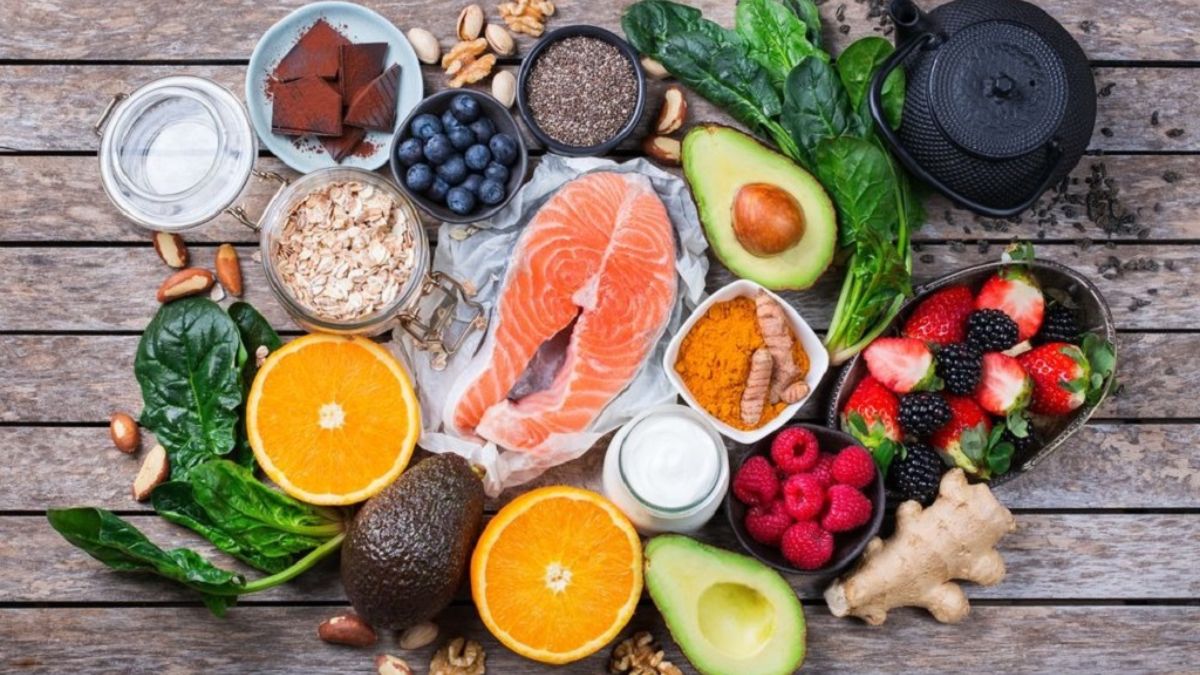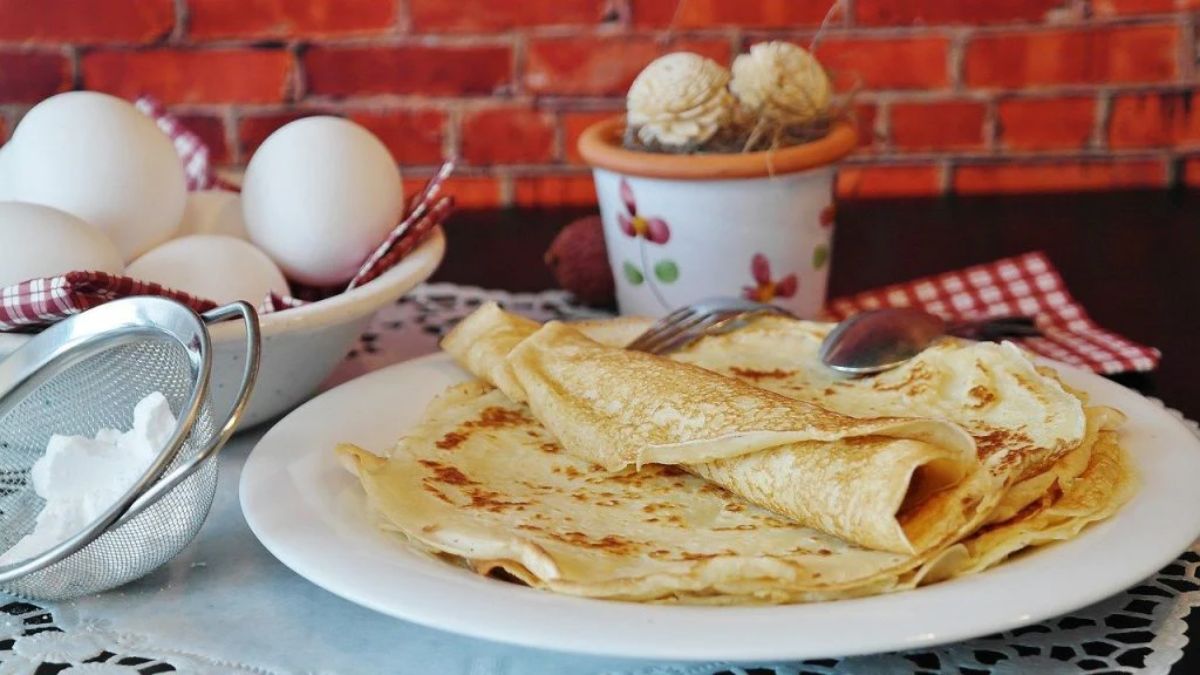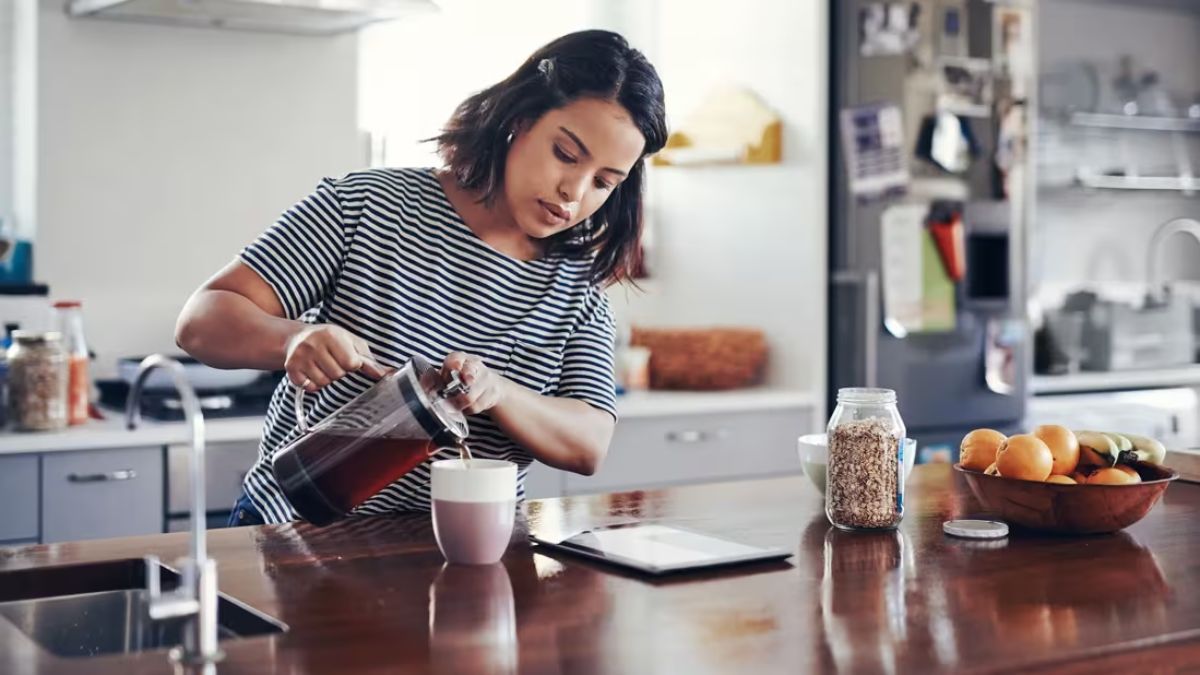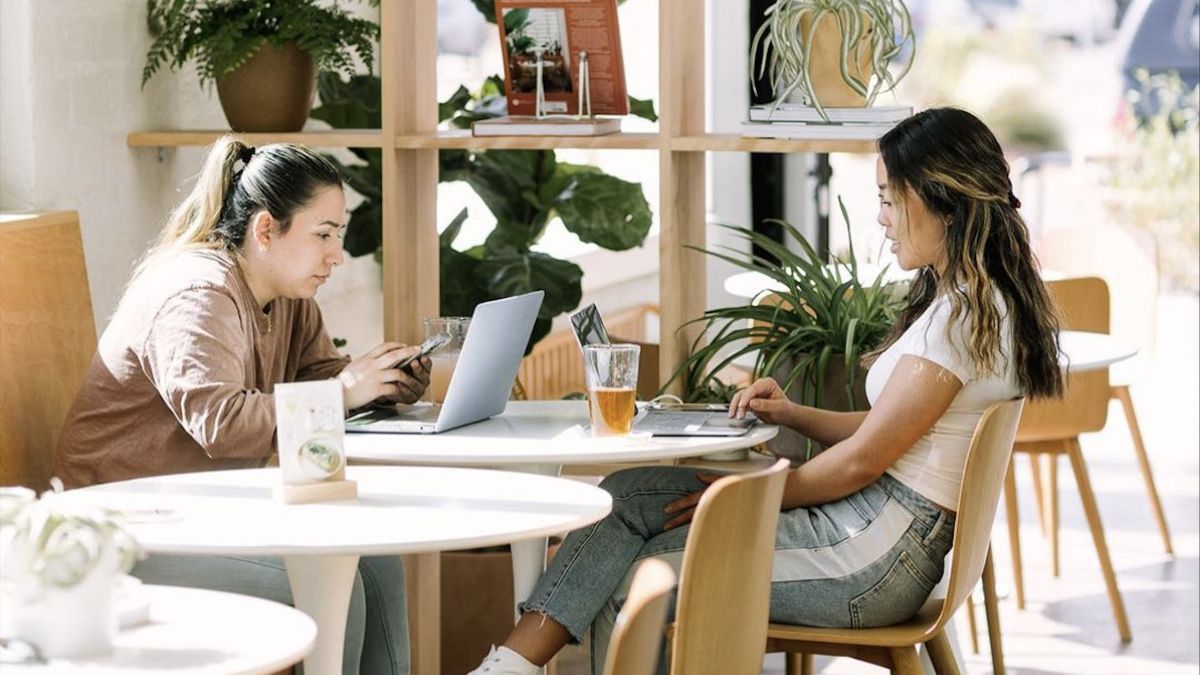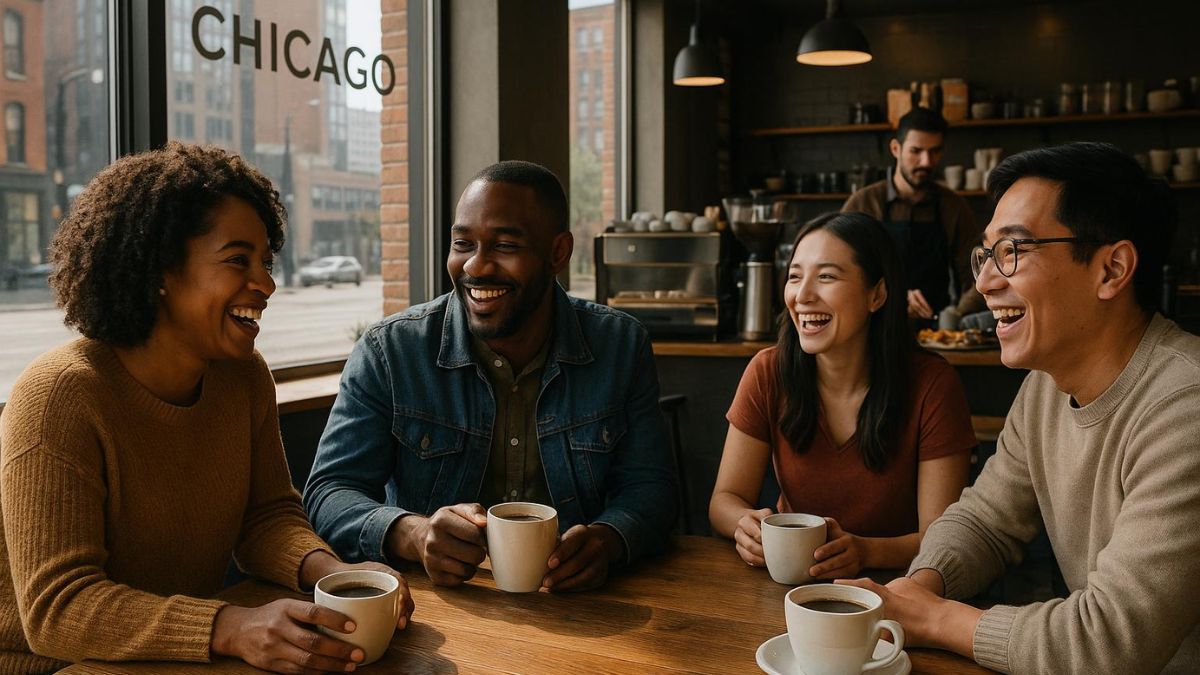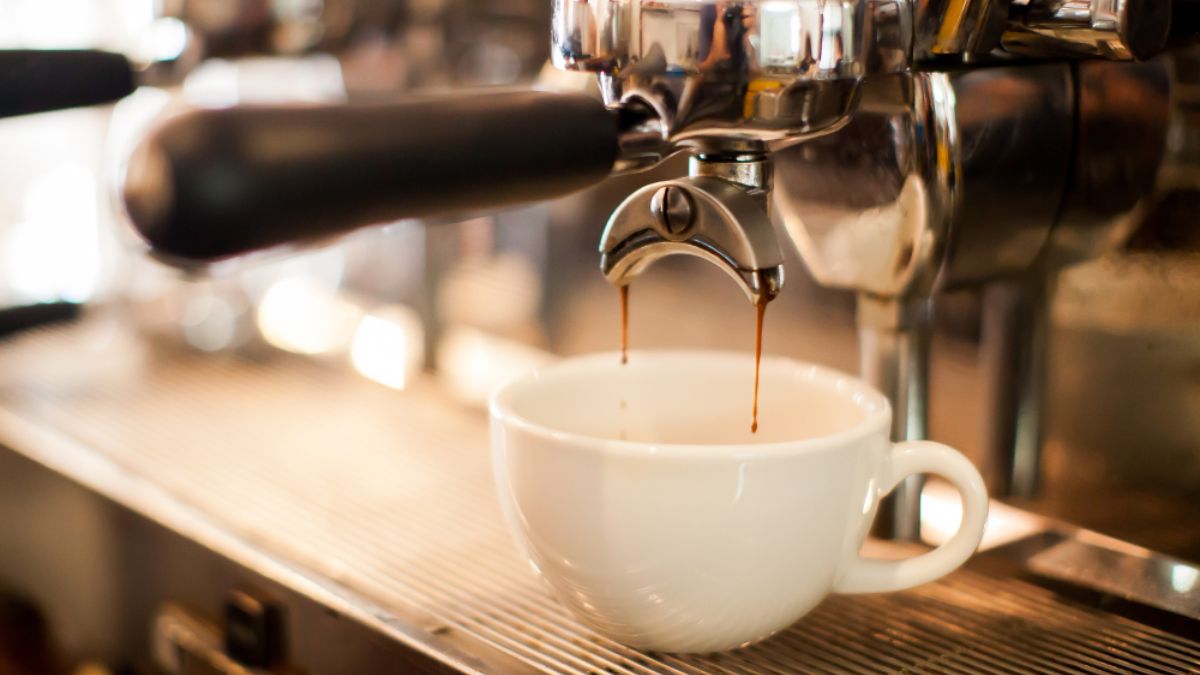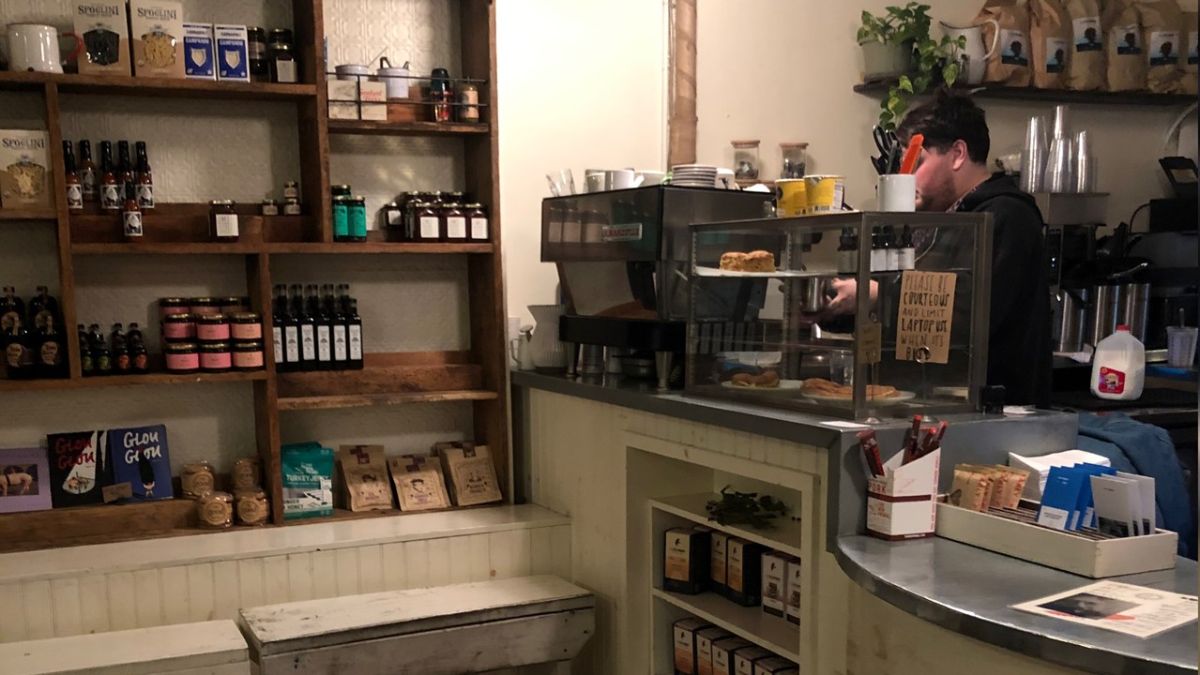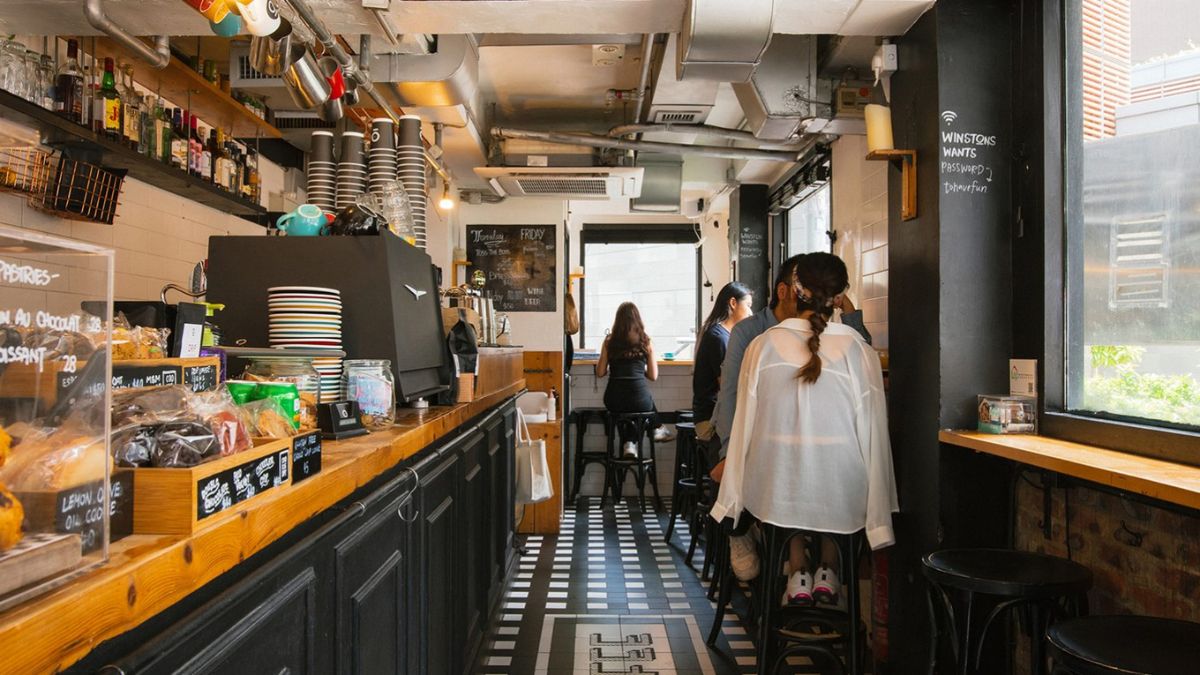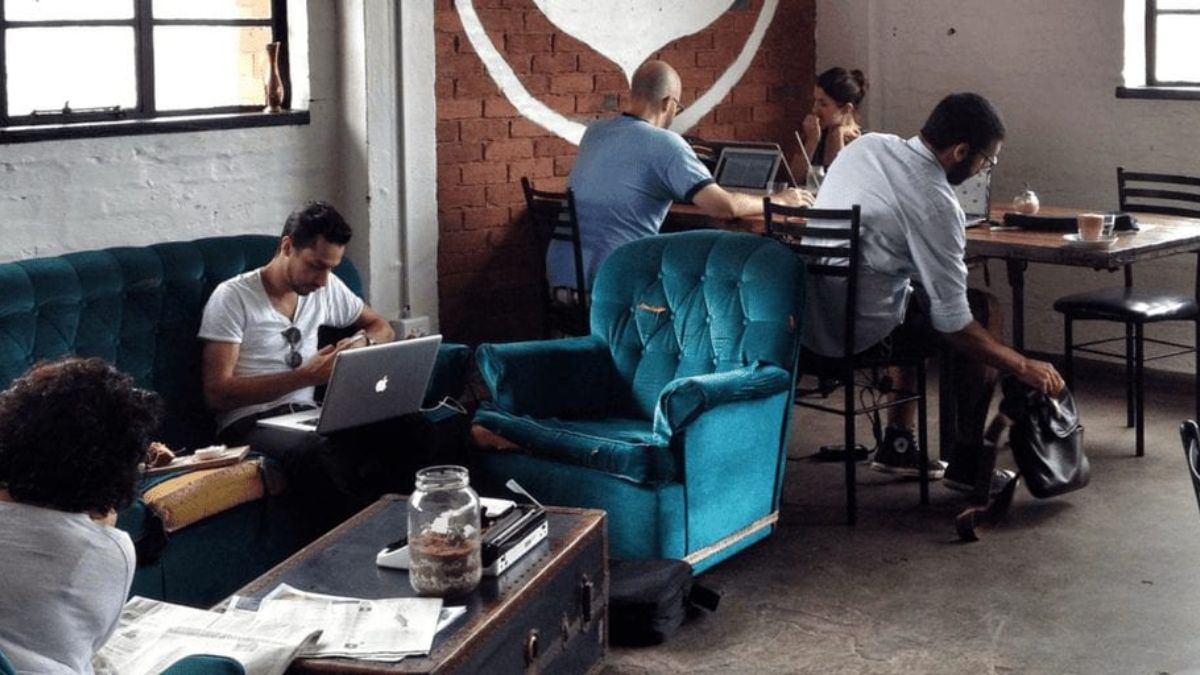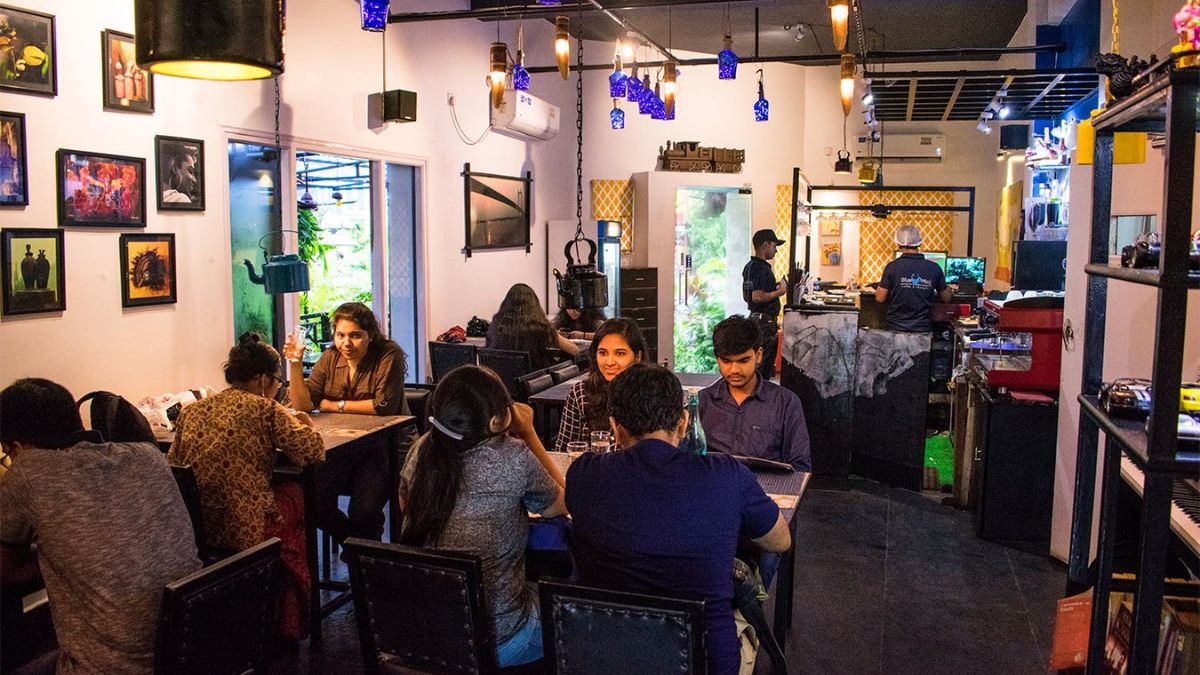There’s something magical about being handed a latte with a perfectly swirled heart or a delicate rosette on top. You pause, admire it, maybe even snap a photo before taking that first warm sip. But how do baristas actually create those beautiful designs? It’s not just foam and luck—it’s skill, technique, and a touch of artistry.
Let’s take a behind-the-scenes look at how latte art comes to life and what makes it such a fascinating part of coffee culture.
Basics
Latte art starts with two main ingredients: well-pulled espresso and properly steamed milk. If either one isn’t just right, the design won’t happen.
The espresso needs to have a nice, thick crema on top—that golden layer that forms during a perfect extraction. This crema acts like the canvas.
Then comes the milk. Baristas steam milk to create microfoam, which is milk with tiny, silky bubbles. This texture is essential. Too bubbly and the foam just sits on top. Too flat and it won’t hold the design.
When these two elements are ready, it’s time to pour. That’s where the artistry begins.
Tools
Most latte art is made using only a few basic tools:
- A stainless steel milk pitcher
- A good espresso machine with a steam wand
- A steady hand and practiced technique
Some advanced baristas use toothpicks or latte art pens for etching (drawing into the foam), but the traditional style is done free-pour—no extra tools, just movement and milk.
Pour
The actual pour is where things get technical. There are three phases:
- The base pour – This creates the background and blends the milk and crema.
- The design pour – As the milk pitcher moves closer to the cup, patterns start to form.
- The finish – A small flick of the wrist helps shape the final design.
The barista’s control over speed, height, and direction affects how the foam moves and what shape it creates. It’s a lot like painting, but in a cup.
Patterns
Here are a few of the most popular and recognizable latte art designs:
| Design Name | Description | Difficulty Level |
|---|---|---|
| Heart | Simple and sweet, made with a quick flick | Easy |
| Rosetta | Leaf-like pattern made with side wiggles | Moderate |
| Tulip | Layers of hearts stacked together | Moderate |
| Swan | Elegant design with curves and flicks | Advanced |
| Etched Art | Drawn-in patterns like flowers or faces | Varies |
Each pattern has its own flow and movement. Beginners usually start with the heart, while pros love the challenge of swans and multi-layered tulips.
Practice
Baristas don’t learn latte art overnight. It takes dozens, if not hundreds, of pours to master even a basic design. Many cafés even have latte art throwdowns—friendly competitions to see who can pour the best design under pressure.
What sets apart great latte art from average? Consistency, symmetry, contrast, and clarity. A beautiful design should have sharp lines, good foam texture, and stay intact until your last sip.
Milk
Believe it or not, the type of milk used also makes a difference. Whole milk is the easiest to work with because of its fat content—it creates thick, creamy foam.
But plant-based options have come a long way. Baristas now work with oat, almond, soy, and coconut milks that are specially formulated for steaming. Each one reacts differently, so learning to pour latte art with non-dairy milk is its own kind of skill.
Experience
Latte art isn’t just for looks—it enhances the coffee experience. The smooth, velvety foam texture feels better in your mouth, and the visual appeal adds a moment of joy to your day.
Even if the design lasts only a minute, that small piece of artistry shows care and attention. It turns a simple cup of coffee into something memorable.
Next time you see a heart or rosetta floating on top of your latte, remember: there’s a whole world of skill behind that little swirl.
FAQs
What is latte art made of?
It’s made using espresso and steamed microfoam milk.
Is it hard to learn latte art?
Yes, it takes lots of practice and steady pouring.
Which milk is best for latte art?
Whole milk works best, but oat milk is a great alt.
Can you do latte art with non-dairy milk?
Yes, but it needs to be barista-grade for good foam.
What’s the easiest latte art design?
The heart design is usually the easiest to start with.

